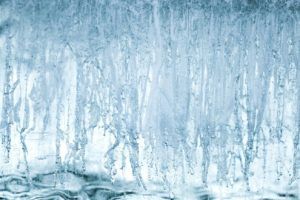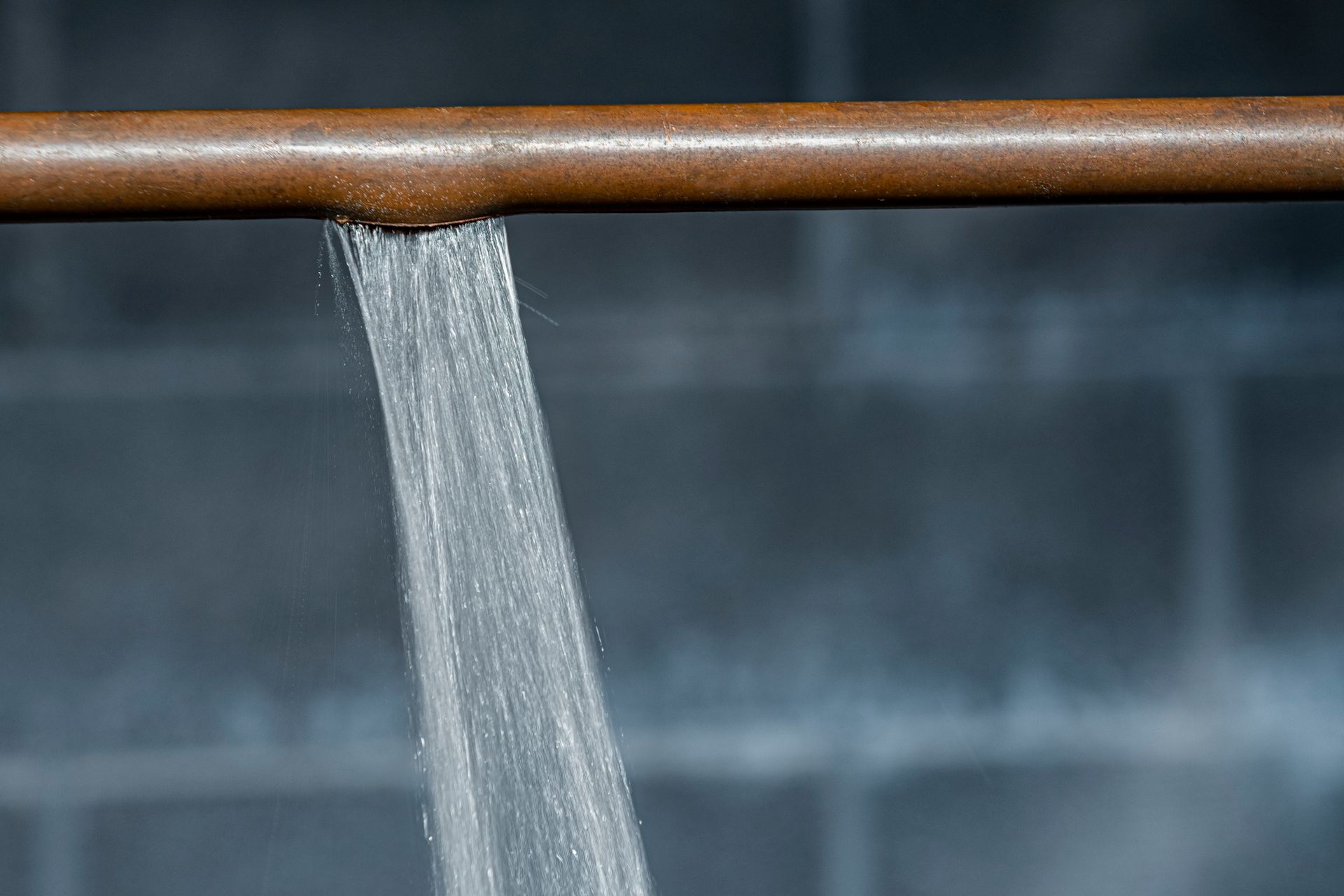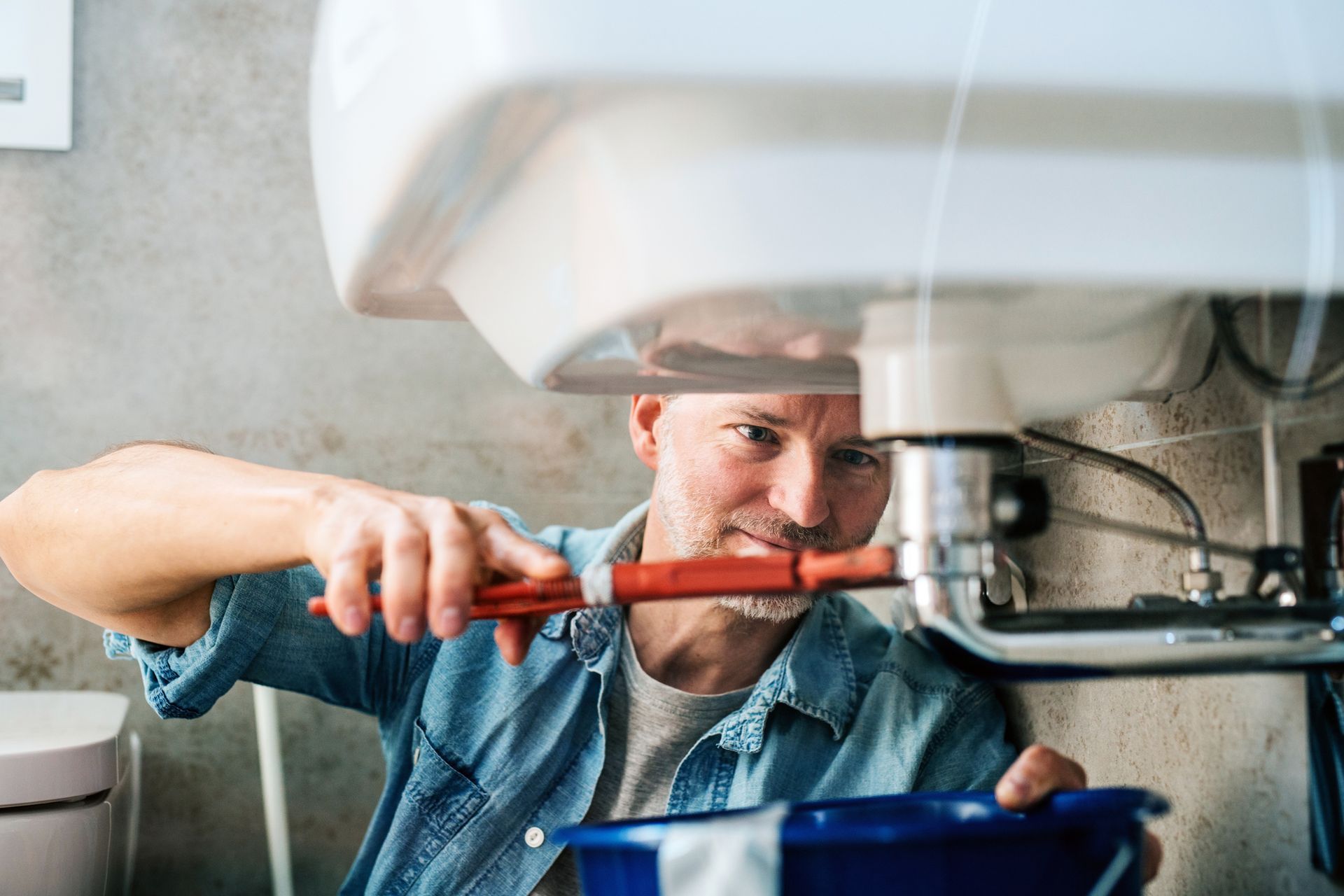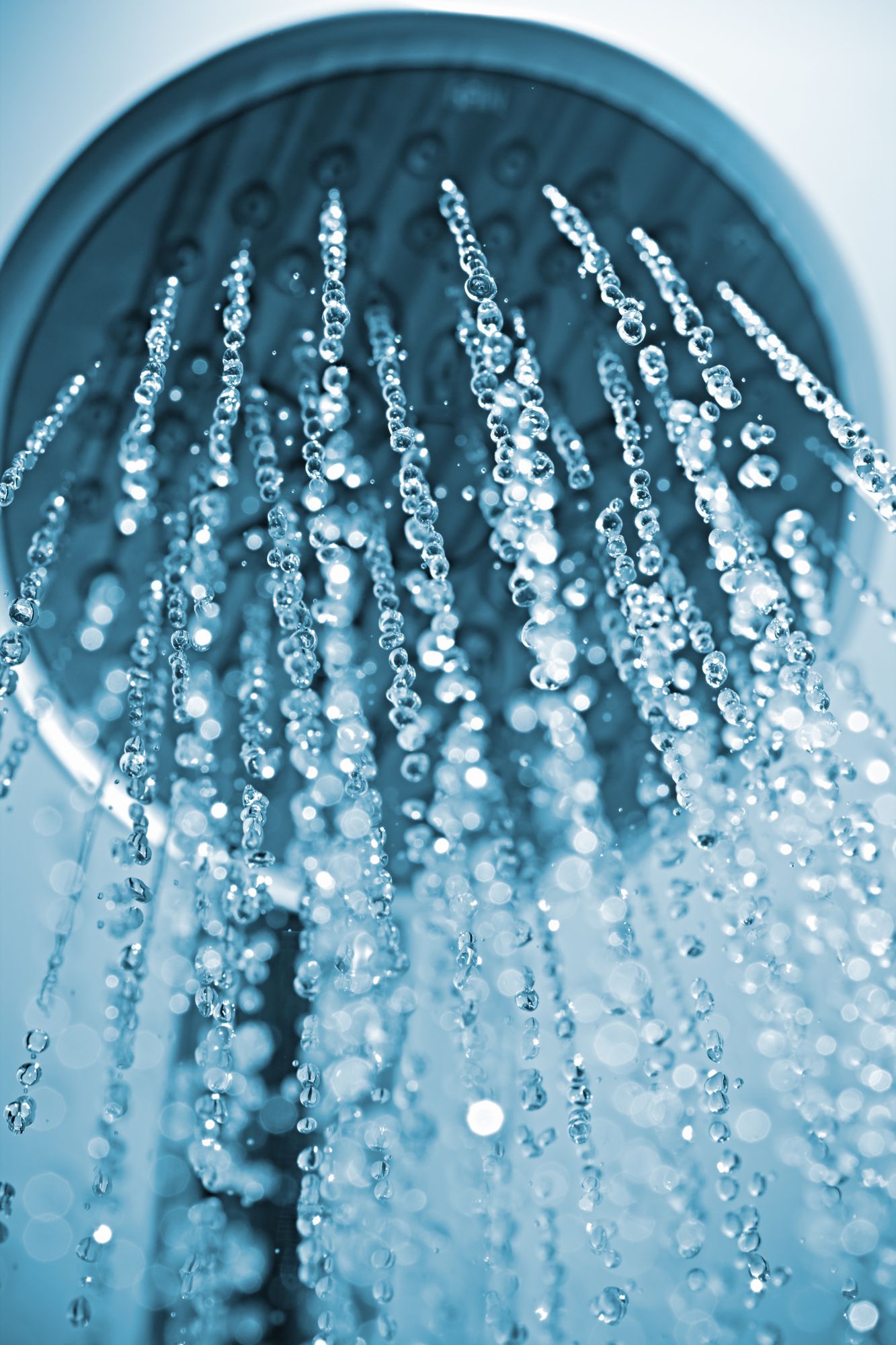5 Facts About Outdoor Faucets and Fixtures in Winter

Outdoor water supplies are lifesavers during warm months. You water plants, flush out gutters, and wash the car easily because of your outdoor faucets and fixtures. In winter, pay attention to your outdoor water supplies to protect hoses, faucets, and your indoor plumbing.
Your plumber can install several devices to reduce problems with your faucet over the winter. One of these devices helps when you have issues in summer, too. Here are five things you should know about your outdoor faucets during cold weather.
-
Attached Hoses Are Hazardous to Your Plumbing
The plumbing in your crawl space or basement may be warm enough to keep from freezing when the temperature plummets. Your hose and outdoor faucets are not so lucky. When left attached to the faucet and full of water, a garden hose begins to freeze up.
The water inside becomes solid and pushes itself further down the pipe. As the growing tube of ice compresses water past the faucet and into the supply pipe running to the faucet, the water inside builds up pressure. Ice continues to form, and the supply pipe under your home eventually gives out from the water pressure.
Always unscrew hoses from outdoor faucets. Take the time to shake out as much water as you can from your hoses, and store them indoors to keep debris out of the ends. You should unscrew your hoses for the winter even if you have a frost-free faucet.
-
All Outdoor Supply Lines and Pipes Should Be Drained
Unless your other outdoor water supply lines are buried sufficiently, insulated, or heated enough to remain above freezing, shake them out or otherwise drain them for the winter.
Vulnerable water-supply lines include:
- Pool and hot tub supply lines
- Pond, waterfall, and fountain tubing
- Outdoor irrigation lines
- Automatic animal water lines
- Greenhouse hoses
Check lines running to outdoor kitchen features and play areas, too. If you have a hose connected to a camper or RV, take the time to disconnect both ends of the hose when the outdoor temperature is below 32 degrees Fahrenheit. Leaving these water supplies attached to your main supply is asking for trouble in frigid weather.
-
There Are Smart Ways to Unfreeze a Hose
If your hose or faucet does freeze and you must use the hose, you can try to unthaw the hose several ways. First, set the hose in a tote and bring the hose inside to a warm room. Make sure both ends of the hose are draining into the tote, so water doesn’t end up on your carpet.
If the hose must stay outdoors during the thawing process, try to find the source of the ice formation. Pour hot, not boiling water on the thickest part of the ice. You may need to do this repeatedly.
If the faucet is frozen open or shut, pour the hot water on the faucet, too. Be aware that the supply pipe may be frozen well beyond the hose bib of the faucet.
The use of a hairdryer or blowtorch is not recommended. If the hose springs a leak, it could spray on the hairdryer and cause a shock. Many hoses and fittings cannot withstand the heat of blowtorches or boiling water.
-
Shut-Off Valves Make Winter Chores Easy
To efficiently and securely shut off outdoor water fixtures, have your plumber install inside shut-off valves that you control from the basement or crawl space. Your plumber installs the valves in the most convenient locations for the fixtures.
Have all outdoor fixtures and faucets attached to one shut-off valve, or attach fixtures individually to suit your recreation, landscaping, and pet needs. If you need your hose intermittently to top off the ice rink or water some winter veggies, an indoor shut off valve lets you turn on the water.
Indoor shut-off valves are also helpful when you go on vacation and want to make sure outdoor hoses are not left running. If there’s a leak in irrigation or waterfall tubing, you can shut off the water supply and fix the leak without turning off your water main or well pump.
-
A Frost-Free Sillcock Is Another Plumbing Wonder
Your plumber can install frost-free faucets on all of your outdoor fixtures to avoid the hassle of frozen faucets and supply lines.
Frost-free faucets have a drainage hole and a sillcock that prevent water from remaining in the most freeze-prone area of the faucet. Unlike old-school freeze-proof faucets, the frost-free sillcock faucets made today do not cause backflow into your main supply lines.
The old faucets drained overflow water back into supply lines in order to maintain the water-free gap. This method of faucet drainage is no longer approved due to potential contamination of supply lines.
Your plumber installs the frost-free sillcocks wherever you have an outdoor faucet to protect the supply lines from freezing and backflow. As long as you remember to unscrew any hoses attached to the freeze-resistant faucets, your outdoor faucets are ready for the low temperatures.
Contact Jim Dhamer Plumbing and Sewer, Inc. today to have shut-off valves and frost-free sillcocks installed on your outdoor water supplies. We have 40 years of experience helping homeowners with faucet repair and upgrades.
The post 5 Facts About Outdoor Faucets and Fixtures in Winter appeared first on .
Leave A Reply
More Posts









